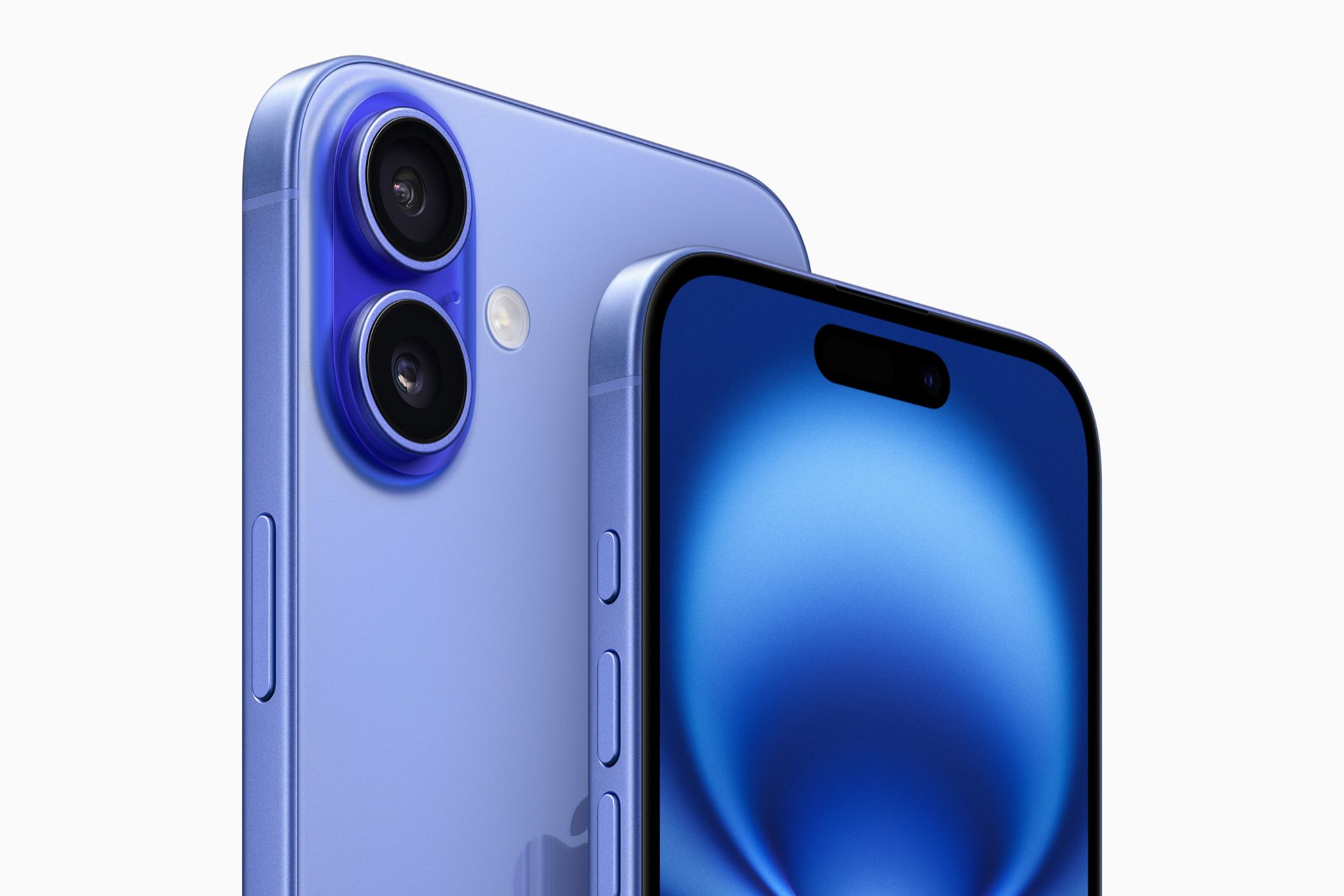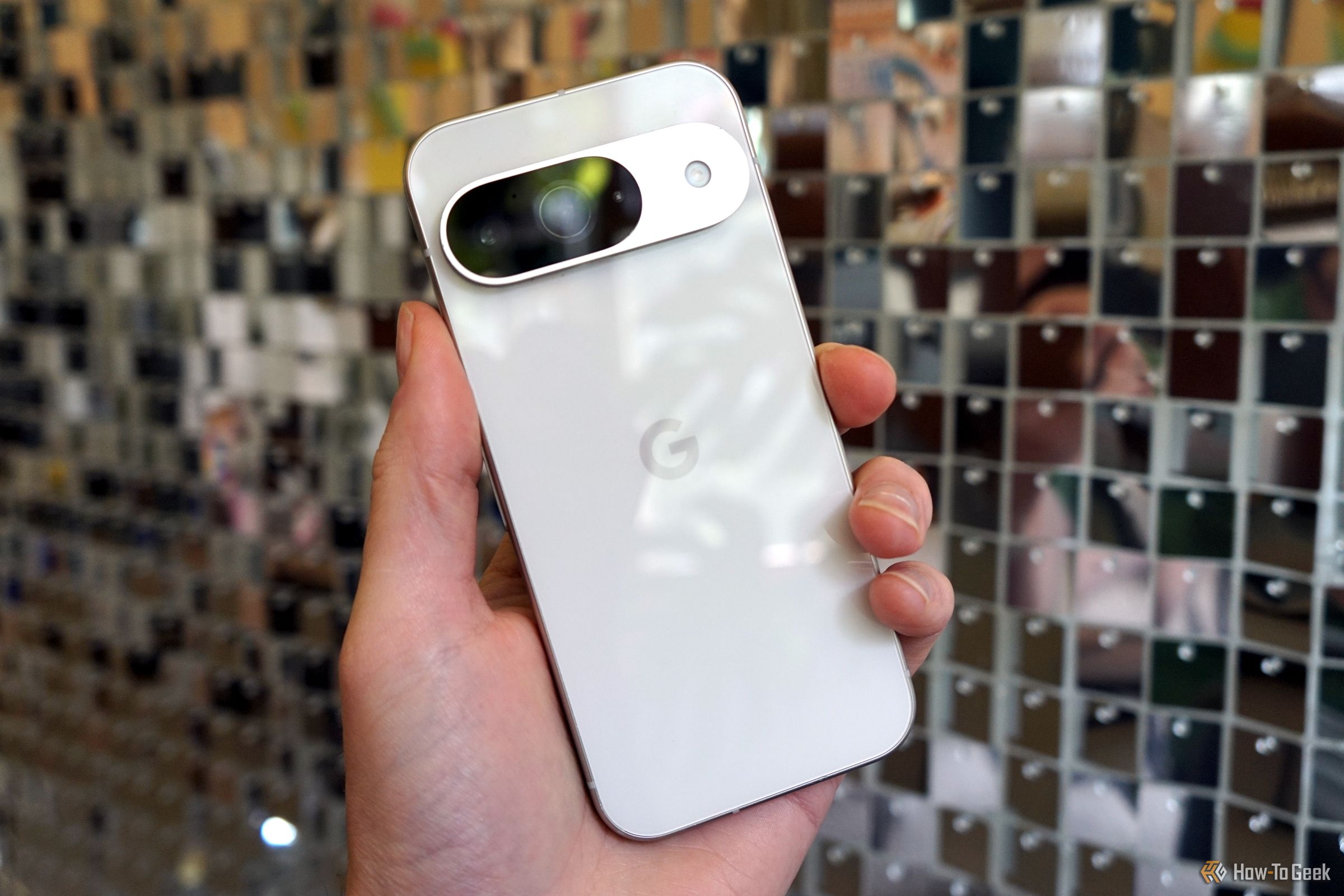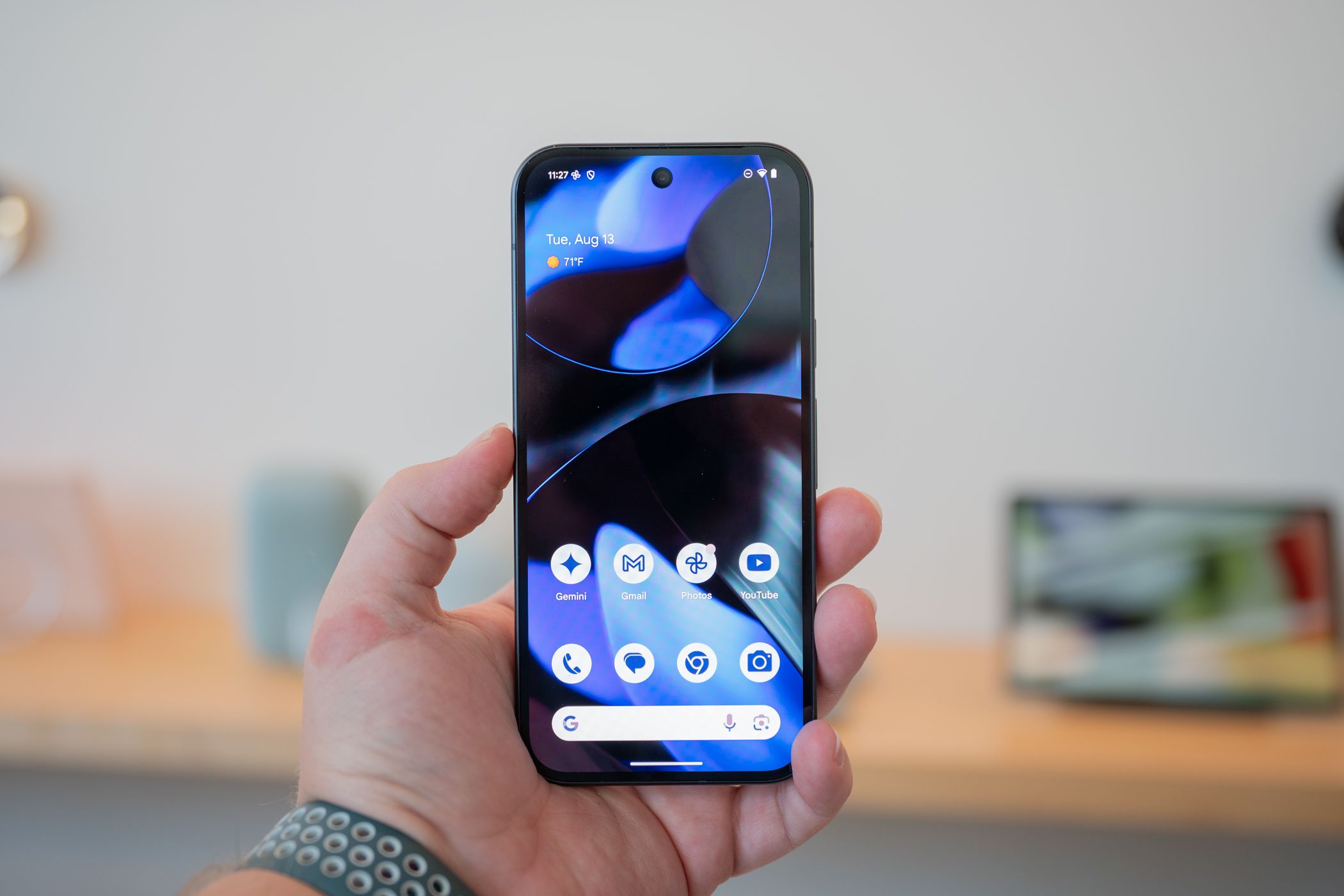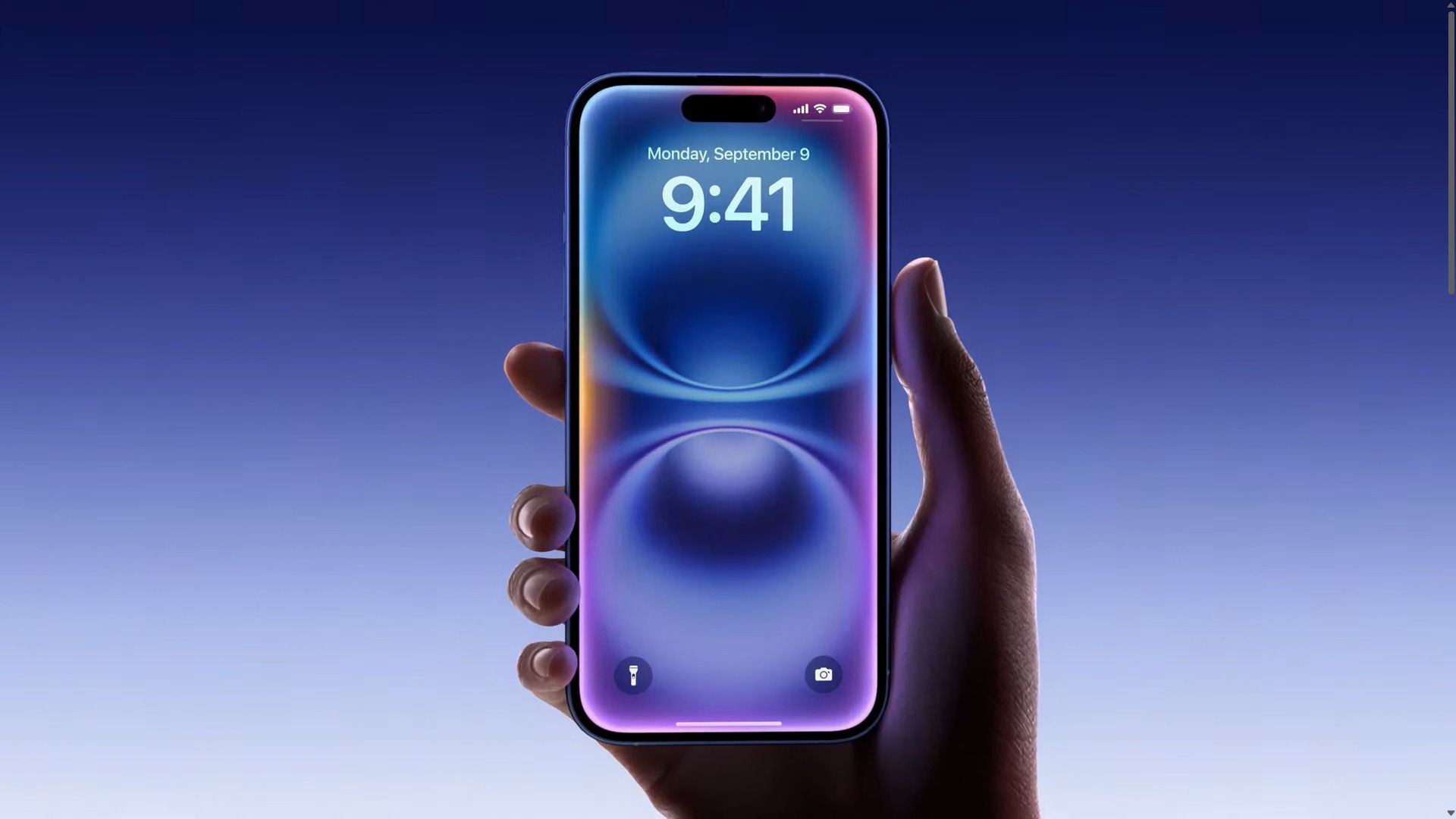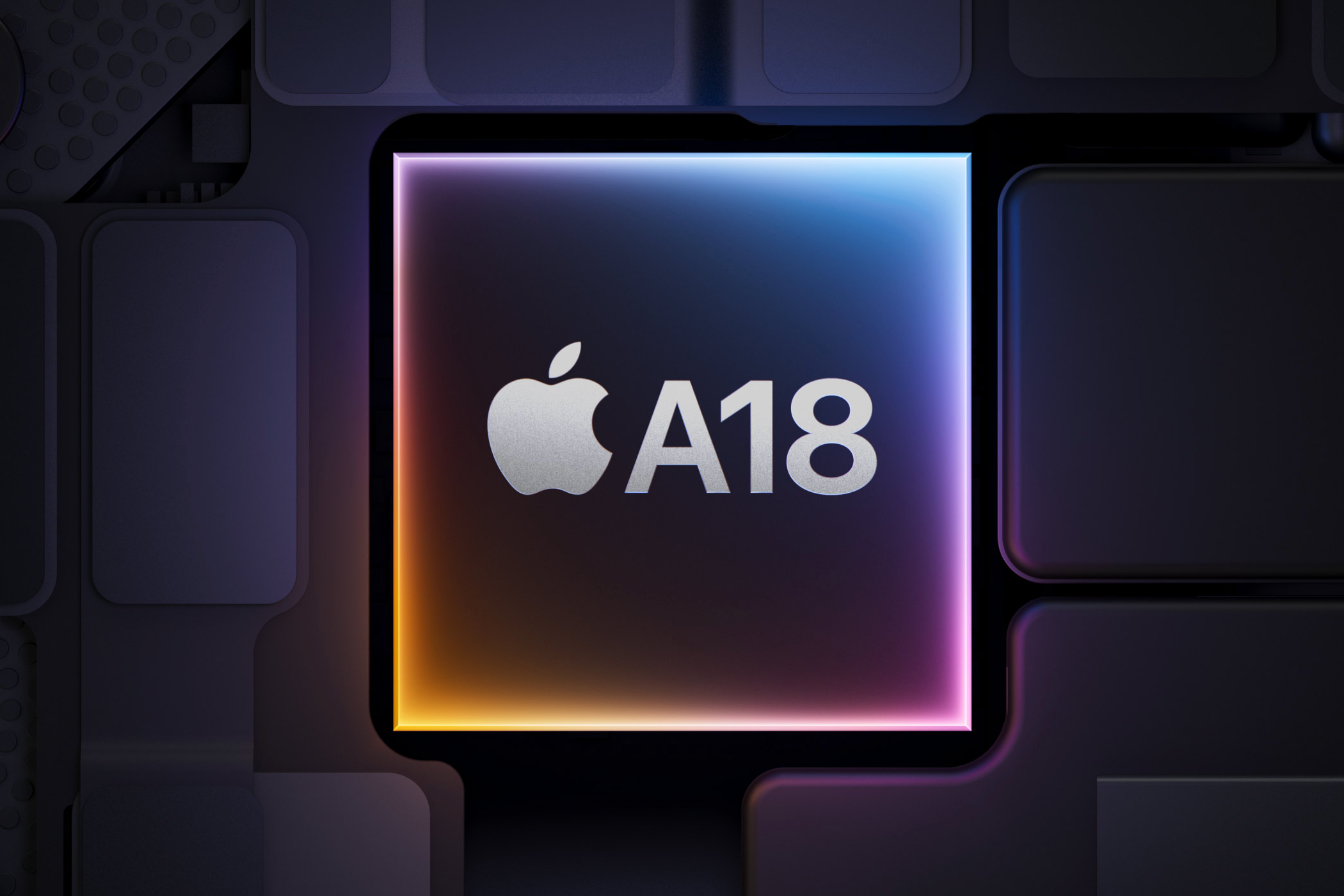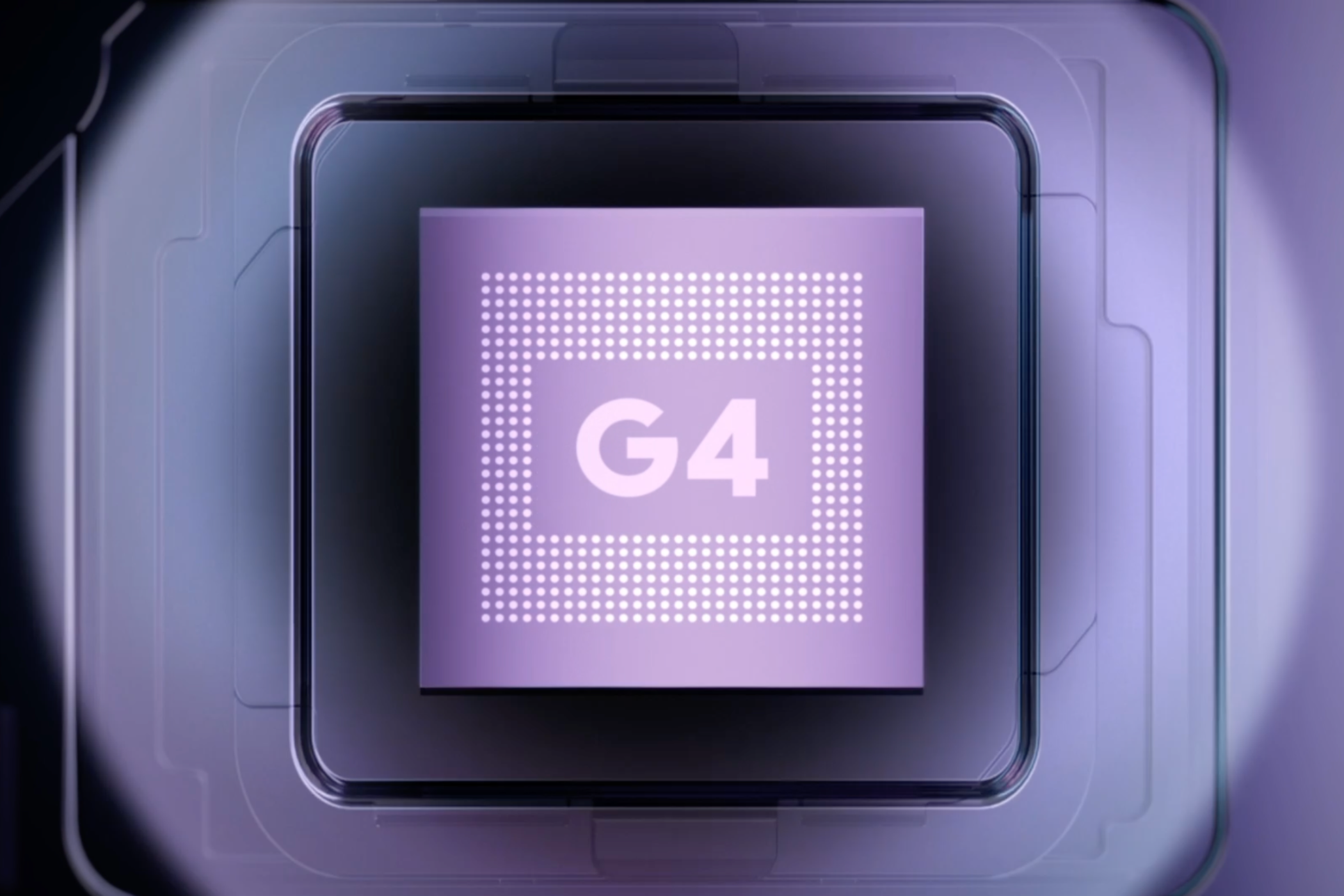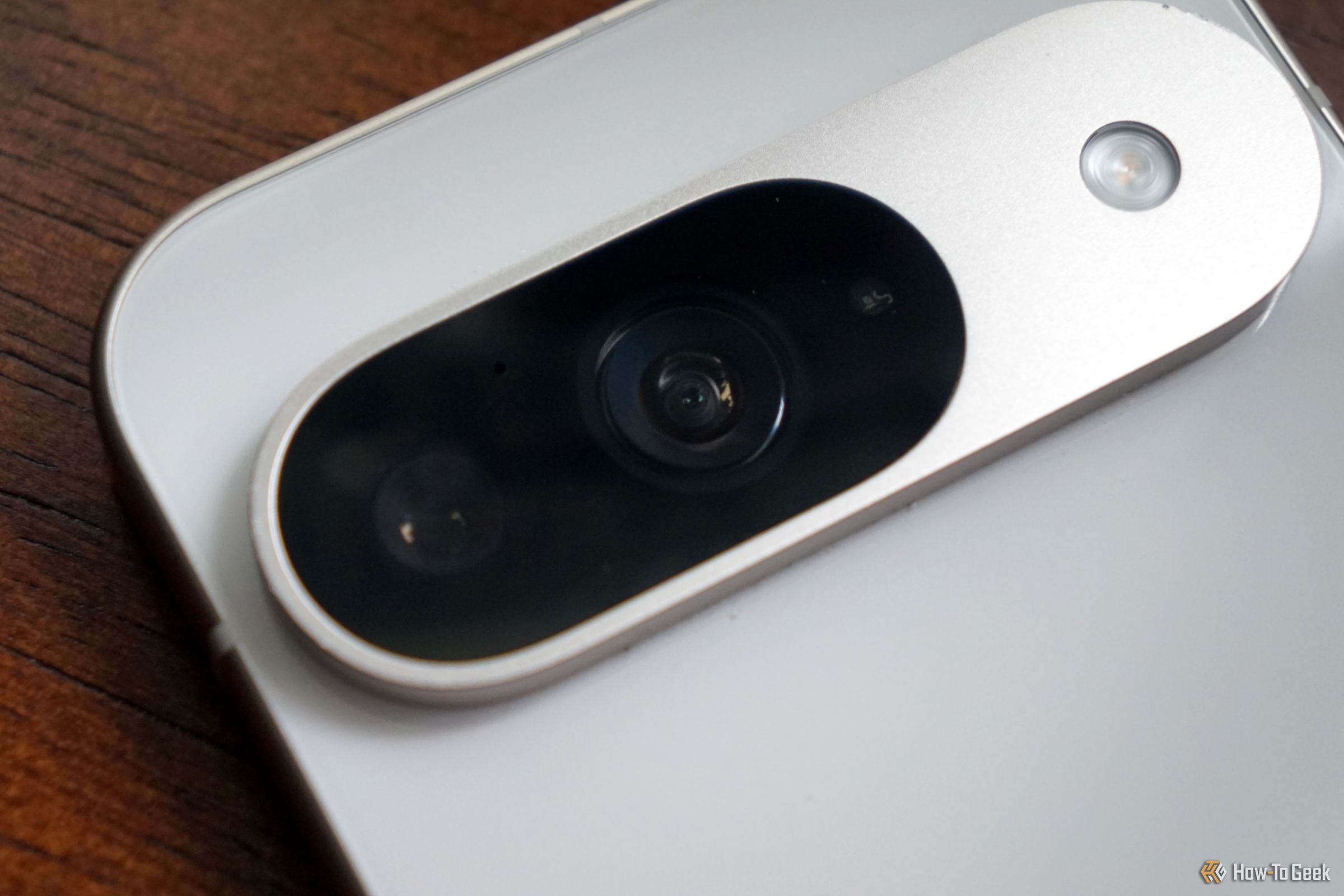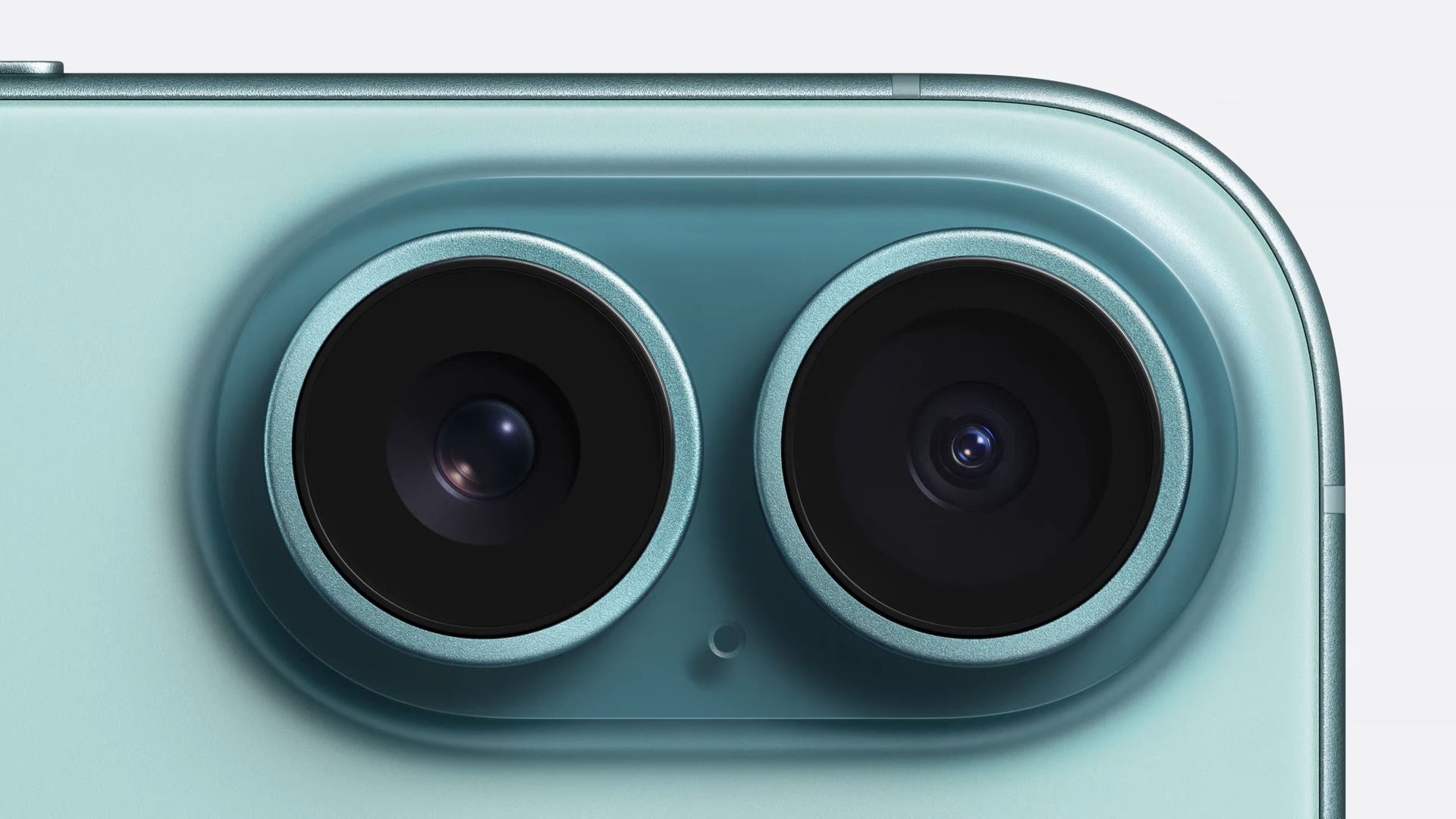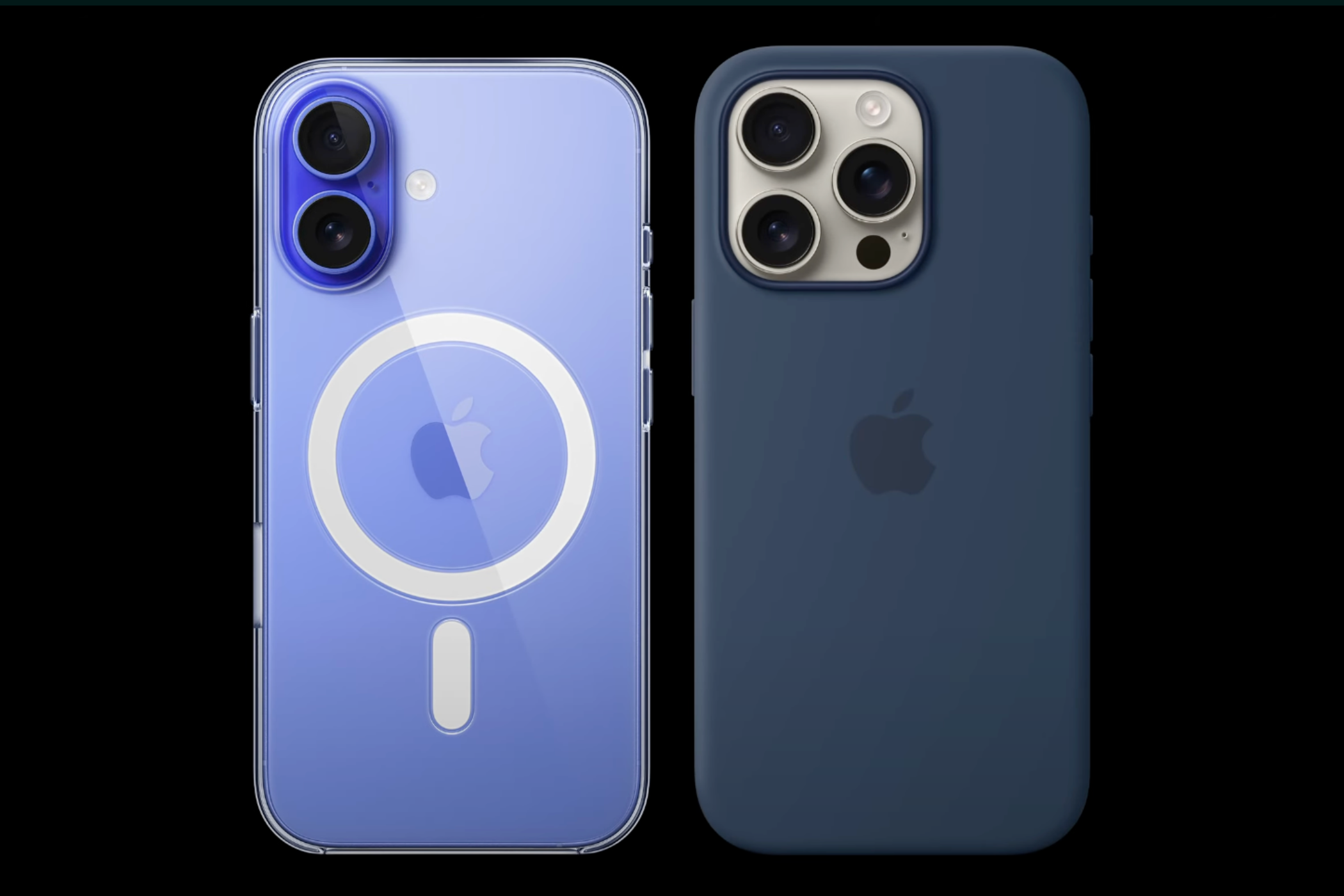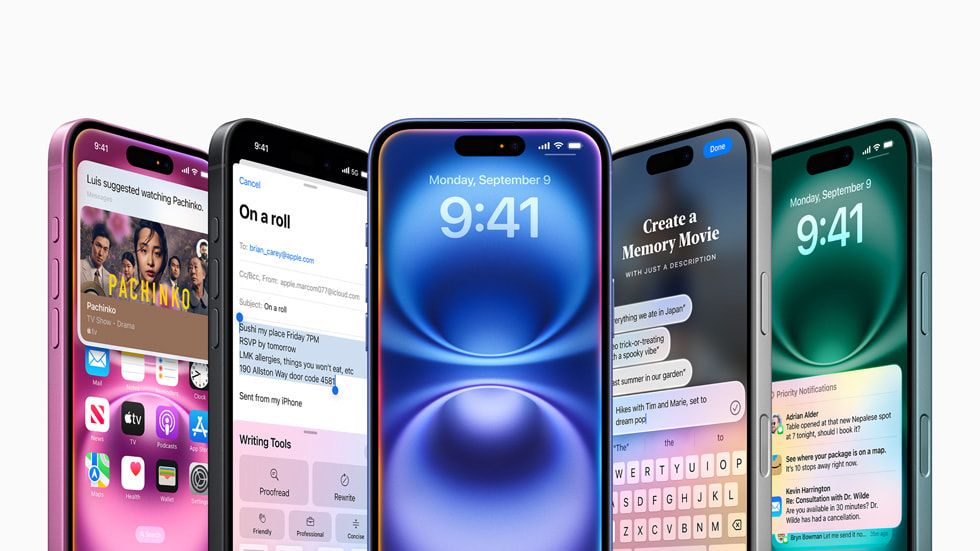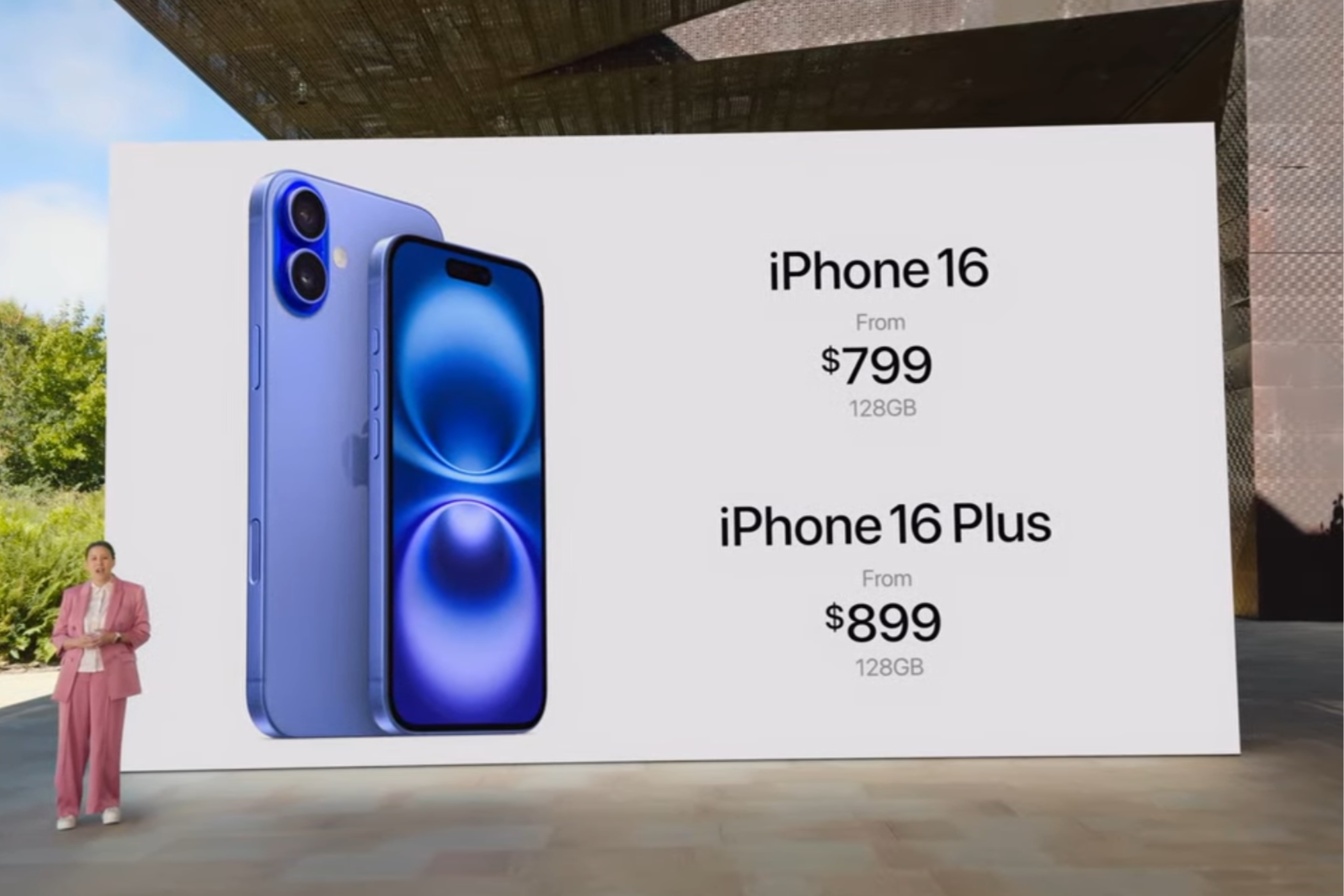Key Takeaways
- The iPhone 16 has a slightly smaller display, a new Camera Control button, and a faster A18 chip. It also features faster 25W MagSafe charging.
- The Pixel 9, on the other hand, flaunts a bigger, smoother, and brighter screen, along with a better ultrawide camera and access to Gemini voice assistant.
- The baseline iPhone 16 with 128GB of storage costs $799, which is the same as that of the 128GB Pixel 9.
With the launch of iPhone 16, Apple has kicked off a battle of base models with the Google Pixel 9. While the former offers a new A18 processor with support for Apple Intelligence, the latter runs on Google’s Tensor G4 and provides access to all the Google AI features. So, which one should you choose?
iPhone 16 Is Slightly Smaller and Lighter
The iPhone 16, like its predecessor, is a compact smartphone that fits easily in the pocket. On the back, the phone features a new vertical camera array for recording spatial photos and videos. It’s also available in a few different colors compared with its predecessor, with your choice of black, white, pink, teal, and ultramarine.
On the front, the iPhone 16 features a Dynamic Island that houses sensors and lets you interact with notifications. Then, there’s a second-generation Ceramic Shield front that promises tougher glass to guard against drops. While the left side of the phone has a new programmable Action Button, the right side features the Camera Control button, which is exclusive to the iPhone 16 lineup.
The Pixel 9, on the other hand, looks more like its predecessor. It features a horizontal camera visor on the back, but instead of merging it with the side frames, Google has carved it as a separate pill-shaped island that doesn’t run throughout the phone’s width. The phone is available in four colors: peony, wintergreen, porcelain, and obsidian.
The Pixel 9 is 5.2 mm taller and 0.4 mm wider, which makes space for a bigger screen, but it is also noticeably thicker (about 9%) and heavier than the iPhone 16 (about 16.5%). Further, the handset sports Corning’s Gorilla Glass Victus 2 protection on the front and back panels.
Both phones have a matte glass back with a textured aluminum frame on the iPhone 16 and a satin finish frame on the Pixel 9. Both have an IP68 dust and water resistance rating. Both phones also have flat side edges and rounded corners.
Google’s Base Model Has a Brighter Display
While design is a subjective aspect of comparison, the screen size, brightness, refresh rate, and resolution are objective parameters that help determine how good a phone’s display is. Unfortunately, Apple doesn’t have that going in its favor this year.
With its 6.3-inch Actua display that supports a 120Hz refresh rate and 2,700 nits of peak brightness, the Pixel 9’s screen is considerably bigger, and brighter than the iPhone 16’s 6.1-inch Super Retina XDR display. The Pixel will also feel smoother since it has double the refresh rate of the iPhone, at 120Hz. That said, the iPhone has a slightly sharper screen thanks to its 9% higher pixel density.
Another striking difference between the two screens is the notch. The iPhone 16 features a pill-shaped notch that Apple calls the Dynamic Island. Through a combination of hardware and clever software optimizations, the Dynamic Island unlocks new ways of interacting with notifications on an iPhone. Conversely, you get a regular punch-hole notch on the Pixel 9.
The OLED screen on the Pixel 9 also lets the company pack an ultrasonic in-display fingerprint sensor for biometric authentication.
Apple’s A18 Chip Is Miles Ahead of the Tensor G4
Yes, Google has clarified that it isn’t chasing raw performance or the highest benchmark scores with its Tensor chipsets, but that’s still a big point of difference between these two devices.
One of the biggest reasons to upgrade to the iPhone 16 is the new A18 chip. It is based on the second-generation 3nm fabrication process, making it faster and more efficient than the previous generation of processors in the iPhone 15.
With the powerful five-core GPU, the chipset supports hardware-accelerated ray tracing for running AAA video games. Most importantly, the chip supports Apple Intelligence, which will be available as a free software update later this year.
The Pixel 9, by comparison, is powered by the Tensor G4 chip. While it doesn’t offer as much raw processing power as Apple’s chip, it is made for taking care of day-to-day tasks like multitasking apps, web browsing, casual gaming, or shooting photos and videos.
In How-To Geeks’ review of the Pixel 9, Joe Fedewa says that the smartphone “feels more like a high-end flagship phone.” Besides the regular stuff, the Tensor G4 can also handle all the GenAI features Google has equipped the Pixel 9 with, and there’s plenty of them.
Pixel 9 Has a Better Ultrawide Camera
With the Pixel 9, Google offers a 50MP primary camera with Super Res Zoom up to 8x. You also get a higher resolution 48MP ultrawide camera that can capture higher resolution images than the iPhone 16. The sensor also doubles as a macro lens. On the front, the Pixel 9 has a 10.5MP selfie shooter.
Apart from the impressive hardware, Google’s flagship also flaunts a bunch of software-based features, such as Add Me, Face Unblur, Magic Editor, Magic Eraser, and Best Take. The Pixel 9 can record videos in 4K resolution at up to 60 fps.
The primary camera on the iPhone 16 is a 48MP Fusion sensor that enables 2x optical zoom by cropping. Then there’s a 12MP ultrawide camera that offers better low-light performance than the iPhone 15 and doubles as a macro shooter.
These sensors and the A18’s advanced image signal processor can capture stunning pictures even in low-light scenarios. Further, you can record 4K video at up to 60 fps, shoot in Cinematic Mode, or stabilize high-intensity action using Action Mode.
There’s a 12MP TrueDepth camera on the front for taking selfies or attending video calls. You also get a new Camera Control button that opens the Camera app and lets you switch between the lenses, toggle through the various features, and capture a picture.
The Pixel has a more versatile camera system with plenty of new GenAI features for editing images.
Battery Life is Relatively Similar
The iPhone 16 is rated to last up to 22 hours of video playback. It also supports faster MagSafe charging speeds of 25W. You can charge up the iPhone 16’s battery to 50% in around 30 minutes with a 20W adapter through wired charging or with a 30W or higher adapter while using the MagSafe charger.
With the Pixel 9, Google promises a “24+ hour battery life,” which includes “talk, data, standby, and use of other features.” When compared to the iPhone 16, the Pixel has slightly faster wired charging. However, it charges slower via a Qi-certified wireless charger.
This comparison hinges on each manufacturer’s own rating, so it’s hard to be perfectly objective.
iOS 18 vs. Android 14
Apple’s iOS 18 will be available as a stable update starting on September 16. Hence, all the iPhone 16 models that hit stores on September 20 will run on iOS 18 out of the box. Apple Intelligence, however, will be available as a free upgrade starting in October alongside iOS 18.1, with more features coming throughout 2024 and 2025.
In contrast, Google’s Pixel 9 runs on Android 14, making it the first Pixel smartphone that didn’t ship with the latest Android version. Speaking of Android versions, Google should roll out Android 15 by October. Even so, you can already access many Google AI features, like Pixel Screenshots, Call Notes, and Gemini voice assistant.
Regarding software support, Apple generally provides new iOS updates to models that are five to six years old. On the other hand, Google has promised to provide seven major OS upgrades with the Pixel 9.
Both Phones Are Available for the Same Price
The iPhone 16 costs $799 for the baseline variant with 128GB of storage. The Pixel 9 is also available for $799 for the baseline variant with 128GB of storage.
While the iPhone 16 provides up to 512GB of storage, the Pixel 9 maxes out at 256GB.
|
iPhone 16 |
Pixel 9 |
|
|
128GB |
$799 |
$799 |
|
256GB |
$899 |
$899 |
|
512GB |
$1,099 |
– |
It’s a close call between Apple and Google’s base models and ecosystem will likely be the bigger decider. Go with the iPhone 16 if you’re comfortable with iOS, already use Apple devices, or desire the additional processing power the smartphone offers.
But if you want a slightly larger yet comfortable screen, a more versatile camera system, and cherish the stock Android experience, you can’t go wrong with the Pixel 9.
-
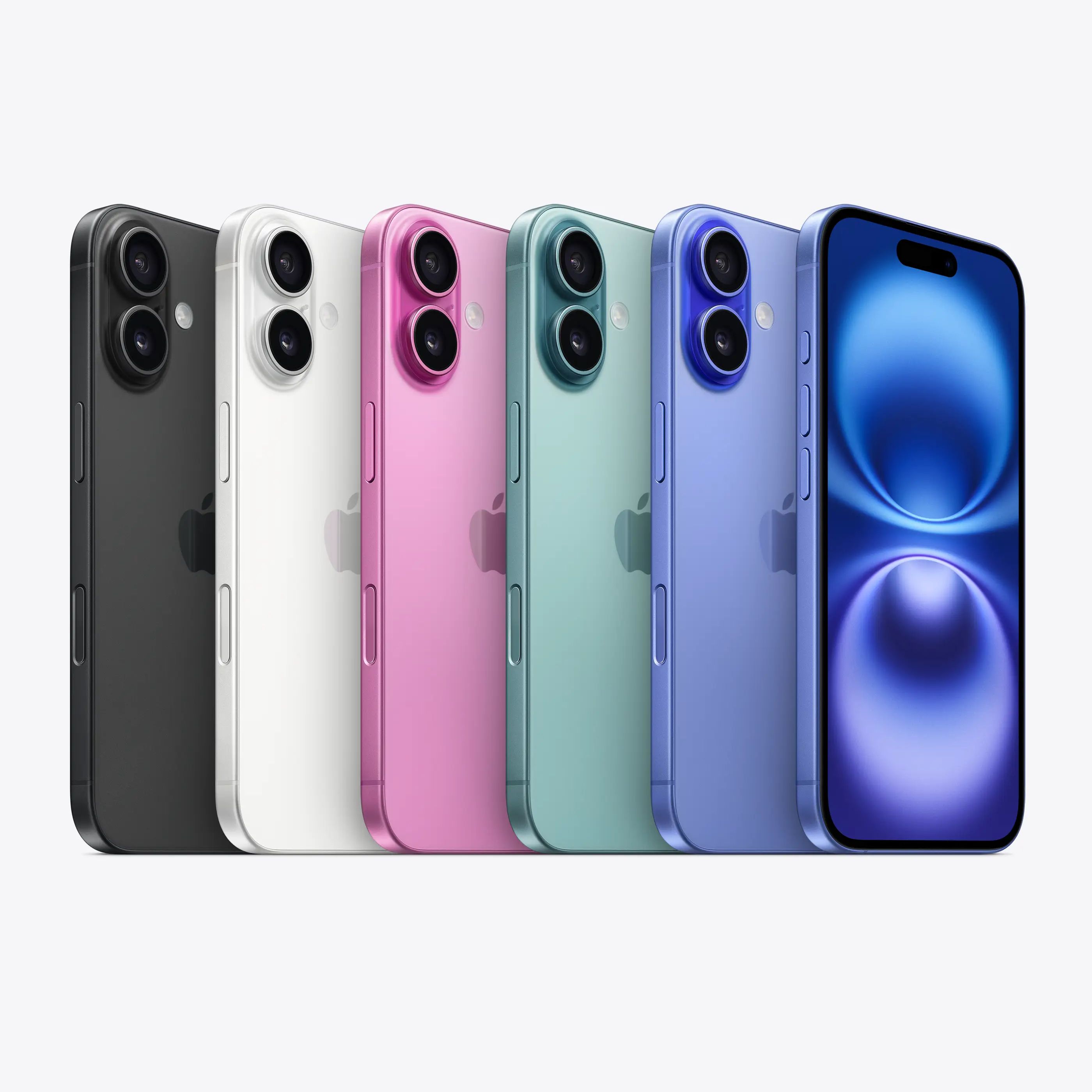
Apple iPhone 16
Apple’s newest iPhone featuring a camera button, programmable action button, and artificial intelligence features.
-
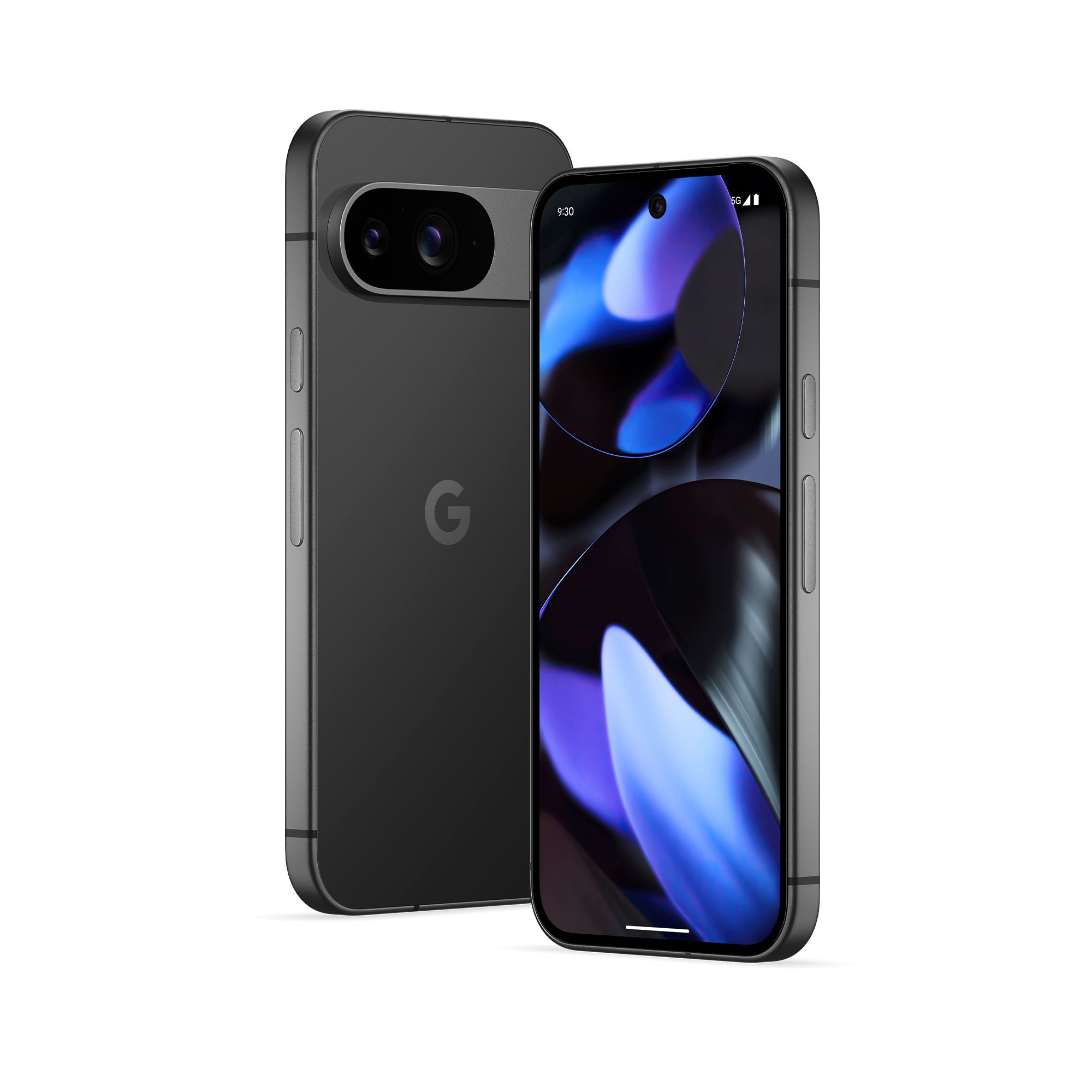
Google Pixel 9
The Google Pixel 9 features a sleek design with a powerful Tensor G4 processor, 12 GB of RAM, and a vibrant 6.3-inch Actua display, making it ideal for capturing stunning photos and videos with its advanced 50 MP main lens and 48 MP ultrawide camera. With improved durability and a fast-charging all-day battery, the Pixel 9 is built to handle daily challenges while delivering top-notch performance and AI-driven capabilities.


